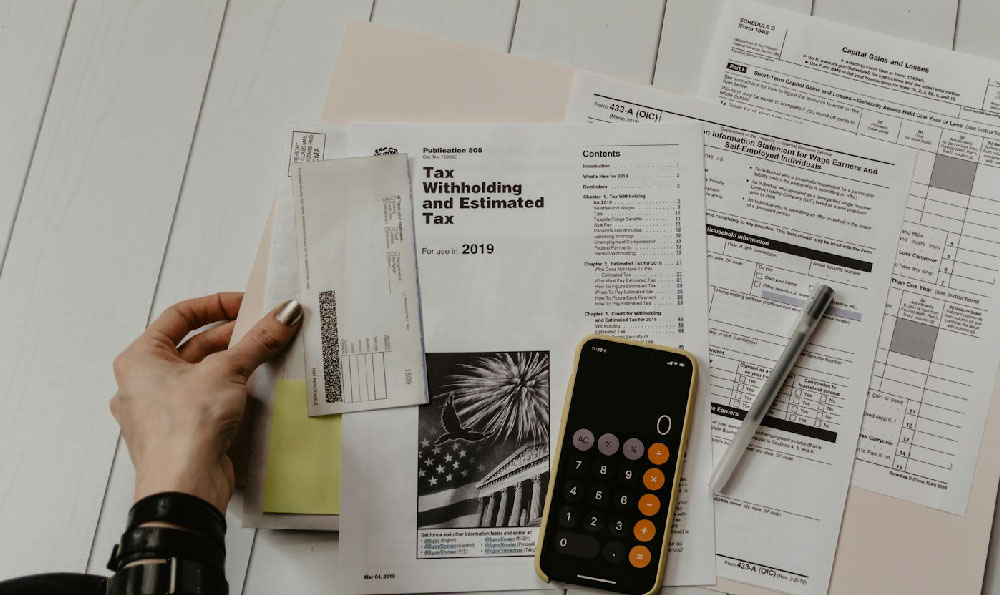Here's an article addressing the safety and trustworthiness of autopilot investing:
The allure of hands-off investing, often branded as "autopilot investing," has grown exponentially in recent years. Promises of effortless wealth accumulation, fueled by algorithms and artificial intelligence, are naturally enticing. But beneath the veneer of simplicity lies a complex ecosystem, and before entrusting your hard-earned money to these systems, it's crucial to understand the nuances of their operation and, most importantly, assess whether they are truly safe and trustworthy.
At its core, autopilot investing automates the investment process, typically through robo-advisors or similar platforms. These platforms use algorithms to build and manage investment portfolios based on an individual's risk tolerance, financial goals, and investment timeline. The process usually involves completing an online questionnaire that assesses your current financial situation and investment preferences. Based on your responses, the system will recommend a portfolio of exchange-traded funds (ETFs) or other assets, automatically rebalancing it periodically to maintain your desired asset allocation.

One of the primary advantages of autopilot investing is its accessibility and low cost. Compared to traditional financial advisors who charge a percentage of assets under management, robo-advisors often have significantly lower fees, making investing more affordable for individuals with smaller portfolios. The automation also eliminates the emotional biases that can often plague human investors, leading to potentially better investment decisions. By adhering to a pre-determined strategy, these systems can avoid impulsive reactions to market volatility, which can be detrimental to long-term returns.
However, the convenience and cost-effectiveness of autopilot investing should not overshadow the potential risks involved. The safety and trustworthiness of these systems hinge on several key factors, including the underlying algorithm, the transparency of the platform, and the regulatory oversight in place.
The algorithm is the brain of the operation. It determines how your portfolio is constructed, how it is rebalanced, and how it responds to market fluctuations. A poorly designed or inadequately tested algorithm can lead to suboptimal investment performance or even significant losses. It's essential to understand the investment methodology employed by the platform and to assess its track record during various market conditions. Does the algorithm prioritize diversification? How does it handle periods of market downturn? Is it based on sound financial principles? These are critical questions to ask.
Transparency is another crucial aspect. Investors should have a clear understanding of the fees they are paying, the assets in which they are invested, and the rationale behind the portfolio's construction. Opaque or overly complex platforms can be difficult to understand, making it challenging to monitor the performance of your investments and to identify potential problems. A trustworthy platform will provide detailed information about its investment strategies, its fee structure, and its historical performance. They should also provide access to customer support in case you have questions or concerns.
Regulatory oversight plays a vital role in protecting investors from fraud and mismanagement. In many jurisdictions, robo-advisors are subject to regulations similar to those governing traditional financial advisors. It's important to ensure that the platform you choose is registered with the appropriate regulatory bodies and that it adheres to the relevant compliance standards. This oversight helps to ensure that the platform operates in a responsible and ethical manner.
Furthermore, it's imperative to remember that autopilot investing is not a guaranteed path to riches. Like all investments, it carries inherent risks, including the risk of losing money. Market fluctuations can impact the value of your portfolio, and there is no guarantee that the algorithm will always make the right decisions. The performance of your portfolio will depend on a variety of factors, including market conditions, the specific assets in which you are invested, and the effectiveness of the algorithm.
Before committing to autopilot investing, it's essential to conduct thorough research and to understand the limitations of these systems. Consider your own financial knowledge and comfort level with investing. If you are a novice investor, it may be helpful to seek advice from a qualified financial advisor before entrusting your money to a robo-advisor. A human advisor can provide personalized guidance and help you to understand the risks and rewards of different investment strategies.
Moreover, consider the potential for "black swan" events – unforeseen circumstances that can significantly disrupt financial markets. Algorithms, by their very nature, are based on historical data and pre-programmed rules. They may not be able to adequately respond to entirely novel situations. A human advisor, with their ability to analyze qualitative factors and exercise judgment, might be better equipped to navigate such unprecedented events.
Diversification is key, even within an autopilot system. Make sure the system allocates your money across various asset classes and sectors to mitigate risk. A system overly concentrated in a single sector could be devastating if that sector experiences a downturn. Understand the diversification strategy employed by the platform and whether it aligns with your risk tolerance.
Ultimately, the safety and trustworthiness of autopilot investing depend on a careful evaluation of the specific platform, its underlying algorithm, its transparency, and the regulatory oversight in place. While these systems offer convenience and low cost, they are not a substitute for informed decision-making and diligent monitoring. Do your homework, understand the risks, and choose a platform that aligns with your individual needs and investment goals. Consider it a tool to augment, not replace, your financial acumen.












